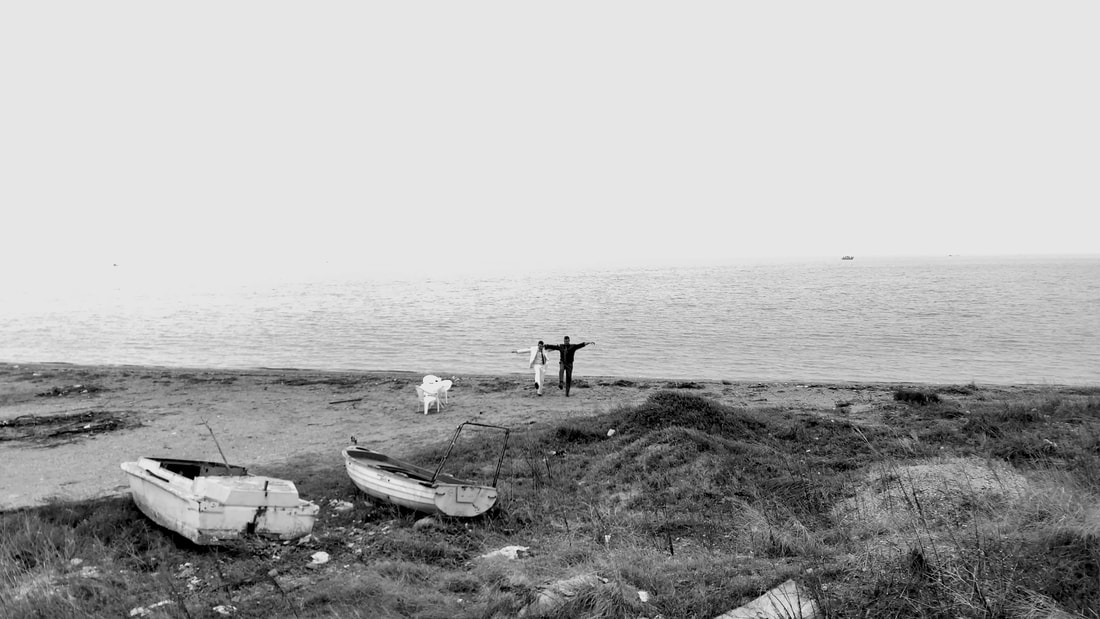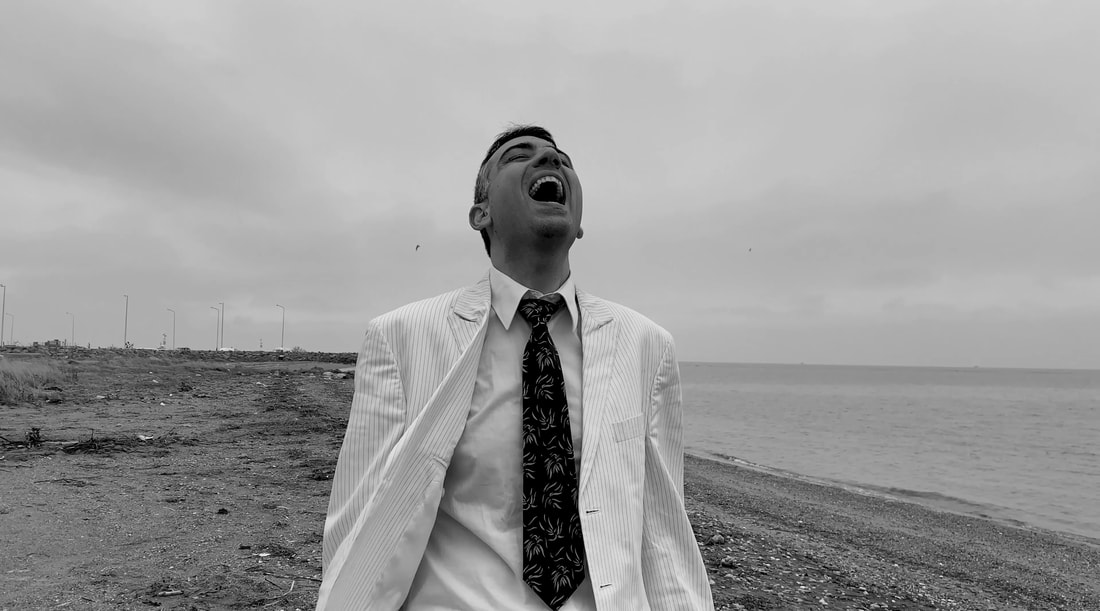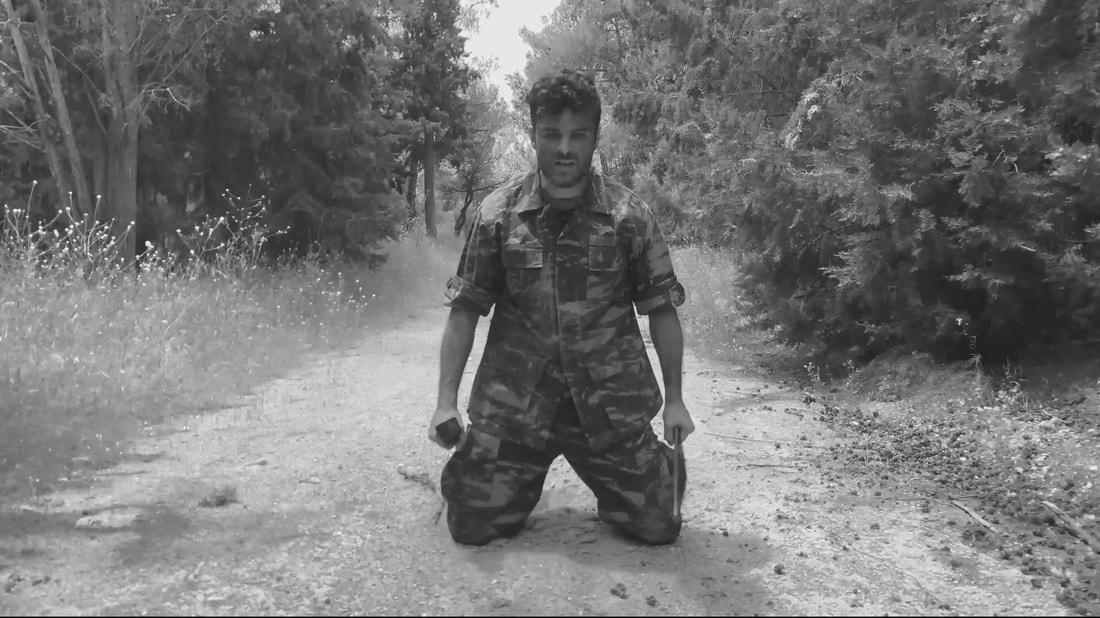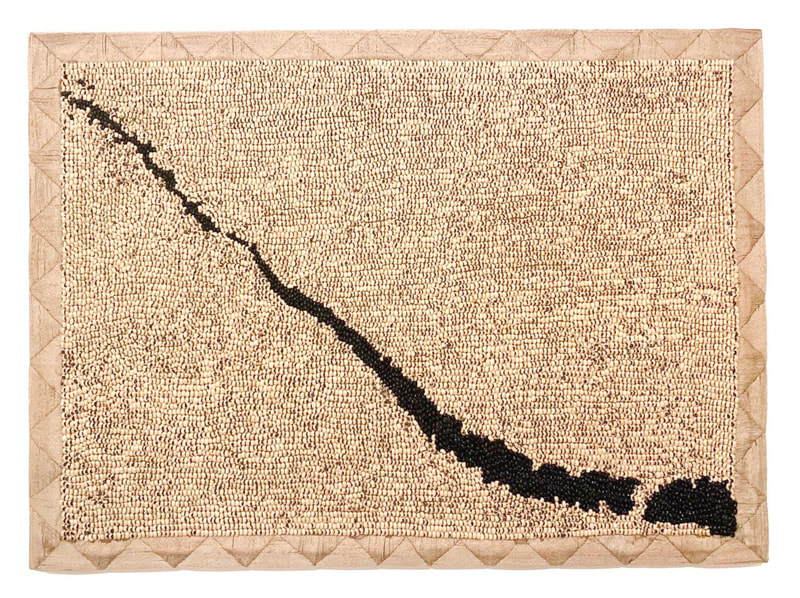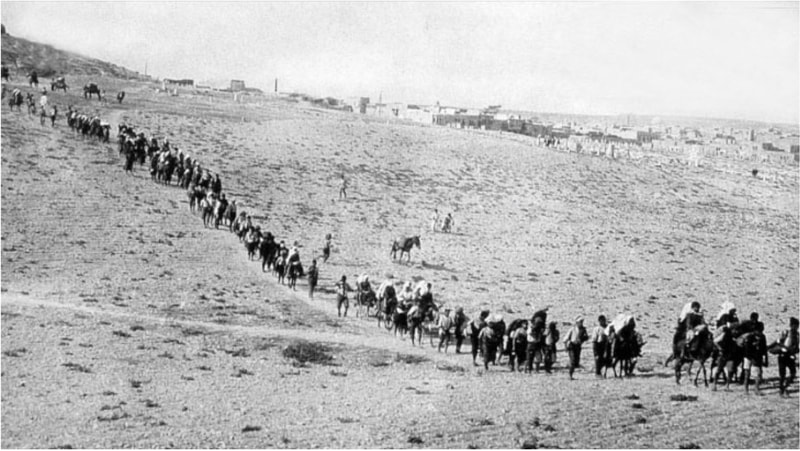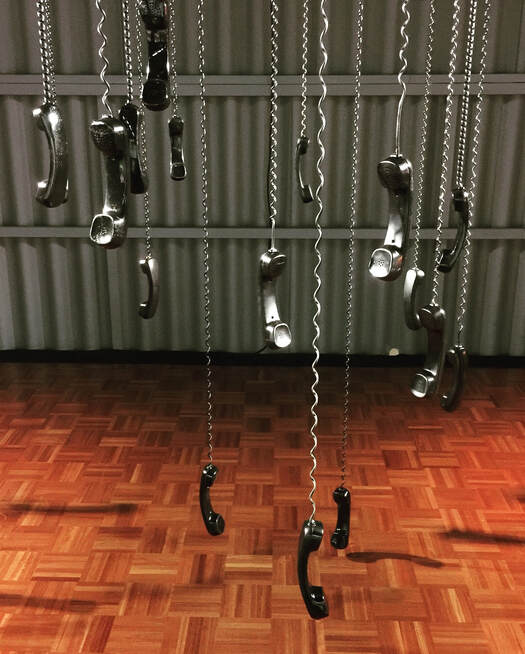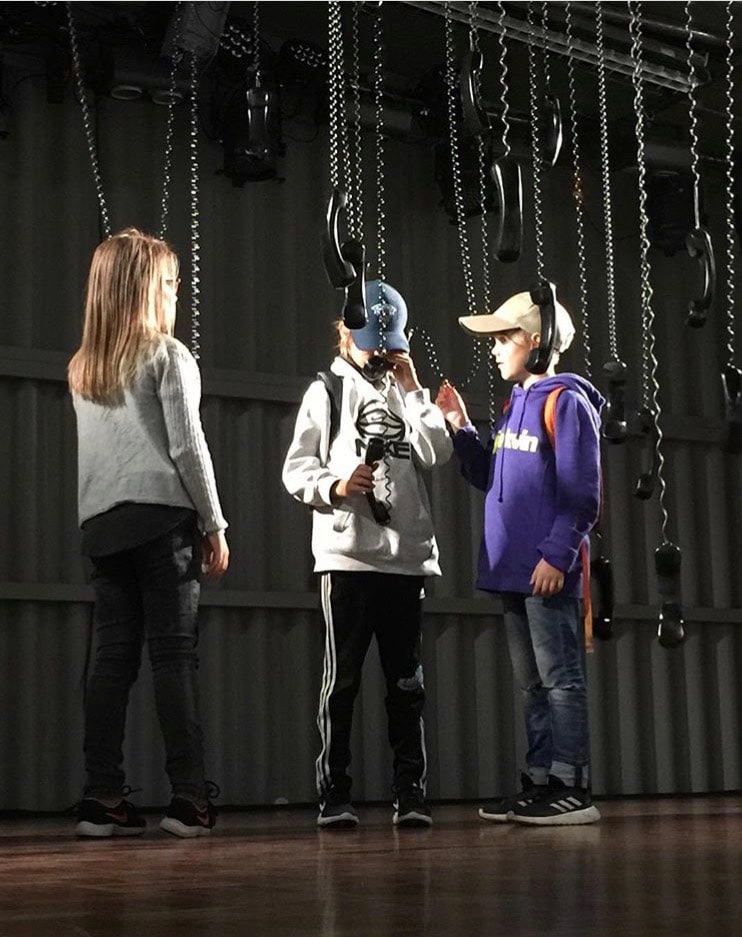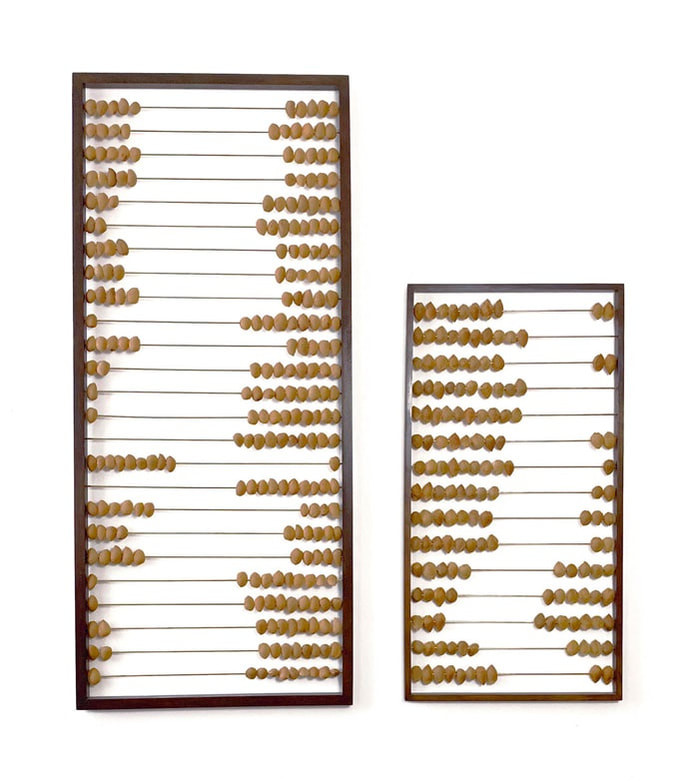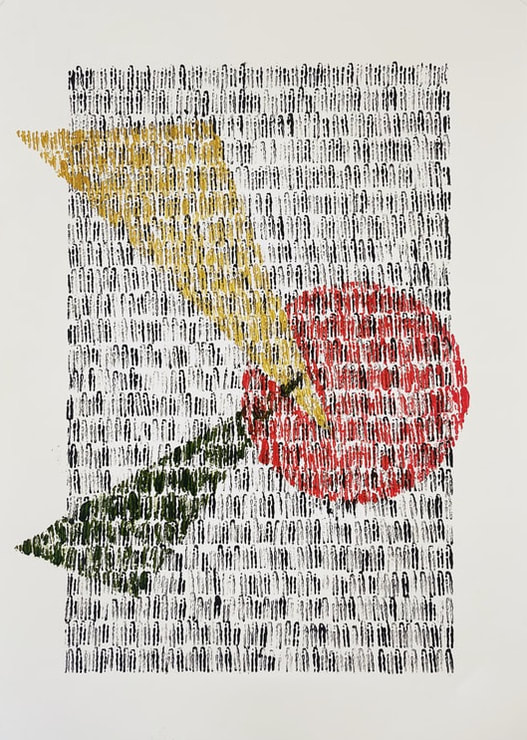Christina Kidou
As a research-based artist, my projects are navigated by historical references, individual stories and my own experience. My artistic practice reflects on solidarity, community, and the impact of global shifts, especially those related to immigration and ethnicity.
I express my ideas though the medium of installation, video, painting and organic materials such as clay and seeds.
My immigration story can be traced back to 1982 when my Greek great-grandfather and his children were displaced from the land that is now Turkey. My father immigrated to Russia, and my Russian mother, alone with her children, moved to Greece. Since then, I have explored and traced my ancestors' journey, with their struggles and successes, discriminations and fairness. This continued displacement of my family and my own has a significant impact on my practice.
My interest is focused on exploring how communities define our sense of home and belonging in response to these issues. I transform the stories and biographies of people I encounter into sculptures that highlight collective responses across generations and integrate the instinct connection between body and nature into my practice.
I was born in Russia in 1987, grew up in Thessaloniki, I live and work in Germany and São Paulo.
|
“Be Prepared To go Home”
Video, single channel Duration 3 minutes - loop contact me if you would like to watch the video In the work “Be Prepared To Go Home”, I have chosen to reinterpret a scene from the movie “Zorba The Greek”, a film released in 1964. In this scene a dance called Sirtaki is performed, with dialogue referring to both personal and general notions of integration. Through my interpretation this struggleå plays out time and again in a looping sequence, suggesting an ongoing desire to connect to a history that may no longer exist as thought, and where the protagonist is nevertheless determined to continue his battle. the question and meaning then become focused not only on the political and social turmoil contained within, but the deeply personal feelings of being an unwanted outsider, an eternal foreigner in a place you can never truly call your own. |
|
“Insist To Exist” Single Video Channel Duration 3min and 47 sec. Contact me if you would like to watch the video The Video “Insist To Exist”, is inspired by the book “Not even my name”, by Thea Halo. The daughter of a woman who survived the Turkish genocide of Armenians and Pontic Greeks during the World War I recalls her mother`s extraordinary story of survival. |






